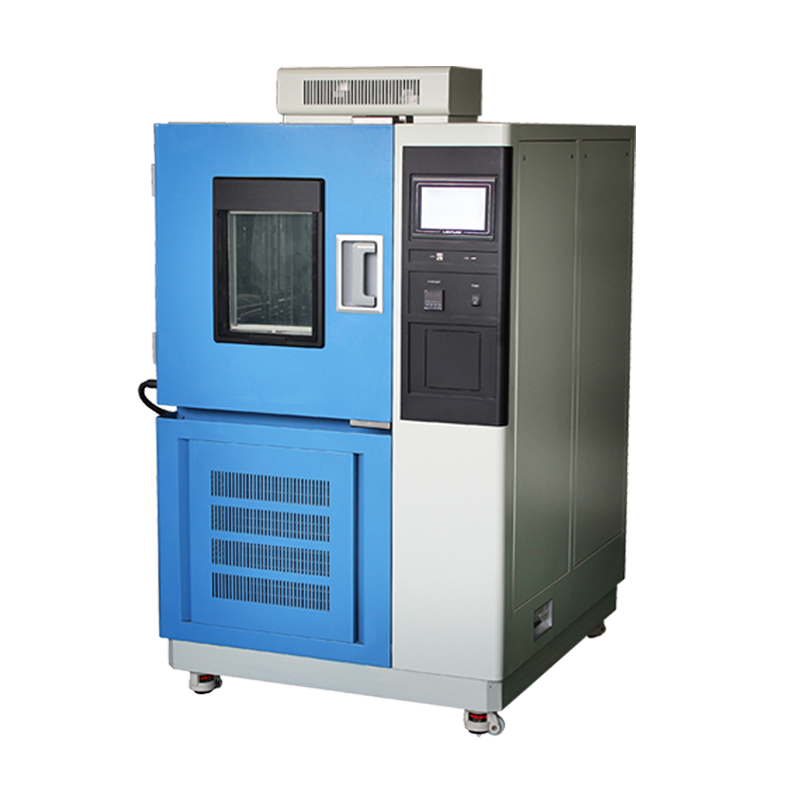In general, for a professional manufacturer of environmental testing equipment, any material or device produced needs to be tested. Of course, the same applies to test chambers. Although test chambers are used to test other materials, they themselves must also meet national standards in order to be sold. The constant temperature and humidity test chamber may seem simple, but its principles are actually quite complex.

The constant temperature and humidity test chamber is a product used to test the performance of materials. To understand the working principles of this equipment, we need to first know what components it is made of and their respective functions. First, there must be sensors. These sensors can detect the temperature and humidity inside the chamber during the testing process. If the conditions do not meet the required standards, they will send control signals to the controller via transmitters. The controller then analyzes the signals and sends instructions. At this point, the valves for temperature and humidity adjustment will start working to increase the humidity and raise the temperature. Only when the required conditions are met will the sensors send signals to the controller to stop the regulators. This completes a cycle of constant temperature testing.
Despite its seemingly simple function, the constant temperature and humidity test chamber involves many complex principles. There are also quite a few precautions to be taken, which are not mentioned here. Since we have understood the system of the equipment, it is even more important to operate and use it correctly during the working process.












